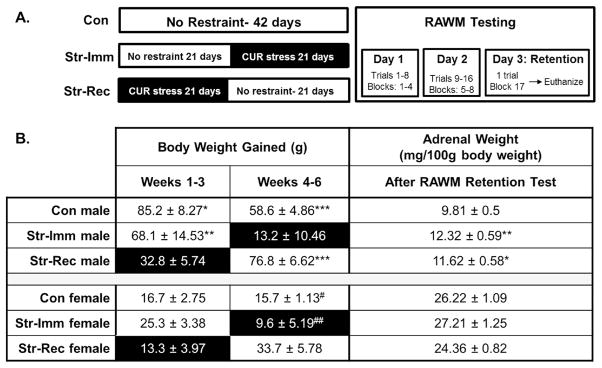Figure 1. Experimental Timeline and Physiological Data.

A. Experimental Timeline. Male and female rats were assigned to a chronic unpredictable restraint (CUR) stress for 21 days and then given a 21 day post-stress recovery period (Str-Rec) before radial arm water maze (RAWM) testing, or tested the day after restraint ended (Str-Imm), or left undisturbed (Con). All rats underwent 3 days of training and testing on the RAWM and were then sacrificed 30 minutes after the last testing session. Note that darkened blocks are shown to indicate when CUR stress occurred. B. Stressor Effectiveness. In males, CUR significantly attenuated body weight gain. Unstressed males gained significantly more weight than stressed males during CUR administration. During weeks 1–3, Str-Rec rats gained significantly less weight than both Con (* p < 0.05) and Str-Imm (** p < 0.01) males. During weeks 4–6, Str-Imm males gained significantly less weight than Con (*** p < 0.001) and Str-Rec (* p < 0.001) males. In females, CUR did not significantly attenuate body weight gain. However, during recovery (weeks 4–6), Str-Rec females exhibited significantly increased body weight gain compared to both Con (# p < 0.05) and Str-Imm (## p < 0.01) females. In males, CUR significantly increased relative adrenal weight in both Str-Imm (** p < 0.01) and Str-Rec * p <0.05) groups compared to Con males. In females, CUR had no effect on adrenal weight. Note that darkened blocks are shown to indicate when CUR stress occurred.
